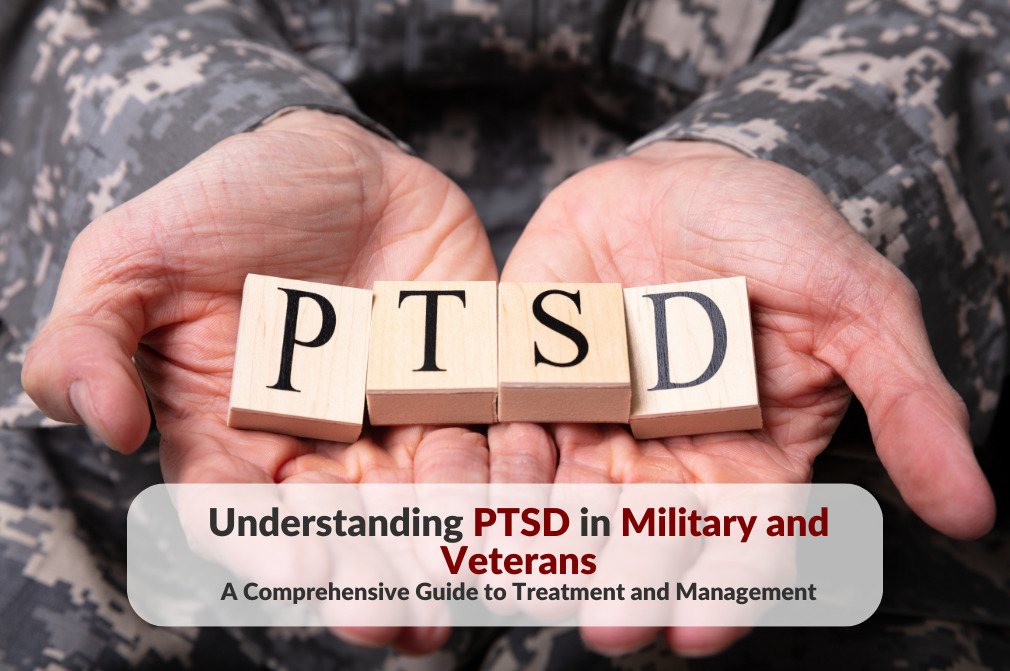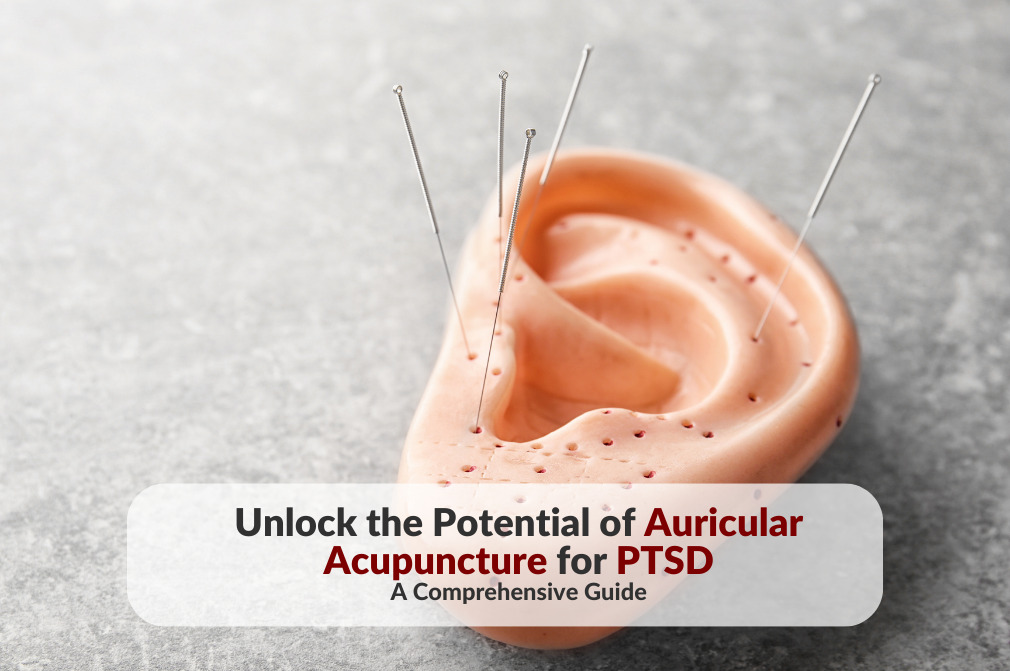Comprehensive Guide to PTSD Treatment in Military and Veterans
Understanding PTSD in Military and Veterans: A Comprehensive Guide to Treatment and Management
The Rising Concern of PTSD Among Military Personnel
The issue of Post-Traumatic Stress Disorder (PTSD) in military and veterans has been a subject of concern for many years, but it’s only recently that it has garnered widespread attention from both the medical community and the general public. The psychological repercussions of warfare go far beyond the immediate impact on the individual soldier or veteran. They have a ripple effect that extends to various facets of military life, including operational performance, retention rates, and the overall well-being of service members. For a deeper understanding of how PTSD affects veterans, the U.S. Department of Veterans Affairs provides comprehensive resources. For those seeking a more holistic approach to managing these symptoms, our PTSD Program offers a blend of Eastern and Western medical practices aimed at comprehensive care.
Why Traditional Treatments May Fall Short
While there has been a surge in research focusing on PTSD treatments for civilians, the area concerning military personnel remains relatively underexplored. The unique challenges faced by this group, such as frequent deployments and exposure to combat, make traditional treatments less effective. For a more holistic approach to mental health, consider integrating Functional Medicine into your treatment plan. A study published in the Journal of Traumatic Stress delves into the unique characteristics of PTSD in military populations.
Stages of Psychological Treatment for Military PTSD
- Stabilization and Engagement: The first step in treating PTSD in military personnel involves stabilization and engagement. This stage is crucial for establishing trust and preparing the individual for the therapeutic journey ahead. Our PTSD Program offers a comprehensive approach to stabilization using a blend of Eastern and Western medicine.
- Psychoeducation: Understanding the mechanics of PTSD is essential for both the patient and their loved ones. Psychoeducation serves to inform the individual about their condition, treatment options, and what they can expect during the recovery process.
- Symptom Management: Managing symptoms is a critical aspect of any PTSD treatment. This often involves a combination of medication and therapy. However, alternative therapies like Acupuncture and Naturopathic Medicine have shown promise in symptom management.
- Prolonged Exposure and Cognitive Restructuring: Prolonged exposure therapy and cognitive restructuring are techniques used to help the individual confront and change distressing thoughts. These methods can be particularly effective when combined with Clinical Hypnotherapy.
- Relapse Prevention: The final stage of treatment focuses on relapse prevention. This involves equipping the individual with the tools they need to manage symptoms and triggers effectively. Our Emotional Health Program offers a range of therapies designed to prevent relapse.
The Need for Customized Treatments
Given the unique challenges faced by military personnel, such as complex trauma and frequent deployments, a customized treatment plan is essential for effective PTSD management. Our Men’s Health and Women’s Health Programs offer gender-specific treatments that address the psychological, physiological, and emotional dimensions of PTSD. These programs can be further tailored to include our specialized services:
- Acupuncture: A traditional Eastern therapy that can help manage stress and improve emotional well-being. Learn more about our Acupuncture services.
- Naturopathic Medicine: A holistic approach that may include herbal remedies and nutritional supplements to support mental health. Discover our Naturopathic Medicine options.
- Massage Therapy: Useful for managing co-occurring conditions like chronic pain, which often accompany PTSD. Explore our Massage Therapy services.
- Clinical Hypnotherapy: An alternative therapy that can help in cognitive restructuring and symptom management. Find out more about our Clinical Hypnotherapy.
Additionally, for military personnel dealing with co-occurring conditions like chronic pain or substance abuse, our Pain Management Program and Nutrition services offer integrated solutions. By combining these specialized services, we aim to provide comprehensive care for both immediate relief and long-term recovery.
The Future of PTSD Treatment in Military and Veterans
As we move forward, it’s clear that a multi-disciplinary approach is essential for effectively treating PTSD in military and veterans. Traditional treatments like psychotherapy and medication are important, but they often don’t address the full scope of the problem. By combining traditional treatments with alternative therapies, we can offer a more holistic and effective treatment plan. Our 2SLGBTQI Inclusive Health and Wellness program offers a safe and inclusive environment for those looking to explore alternative therapies.
The future of PTSD treatment also lies in leveraging technological advancements and research findings to create more effective therapies. Telemedicine, for instance, can make treatment more accessible, especially for those deployed or living in remote areas. Additionally, emerging therapies like Virtual Reality Exposure Therapy are showing promise in treating PTSD and could be integrated into future treatment plans. The National Institute of Mental Health is a valuable resource for staying updated on the latest research and advancements in PTSD treatment. By staying at the forefront of medical research and technological innovation, we aim to continually refine and improve our treatment approaches, offering the most effective and comprehensive care possible for military personnel and veterans.
Conclusion
The issue of PTSD in military and veterans is complex and multi-faceted. While traditional treatments offer some relief, they often fall short in addressing the unique challenges faced by this group. By adopting a more holistic and integrative approach, we can provide more effective and long-lasting solutions.



